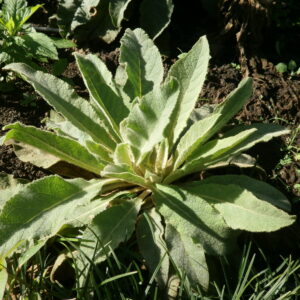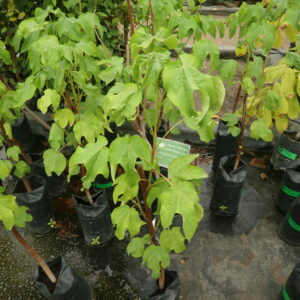
Related products
-
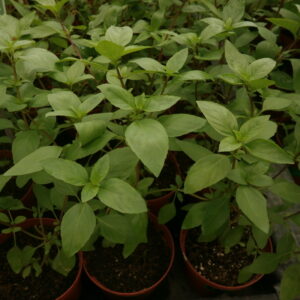
Basil, Cinnamon
Culinary Garden ₡1,900.00 Add to cart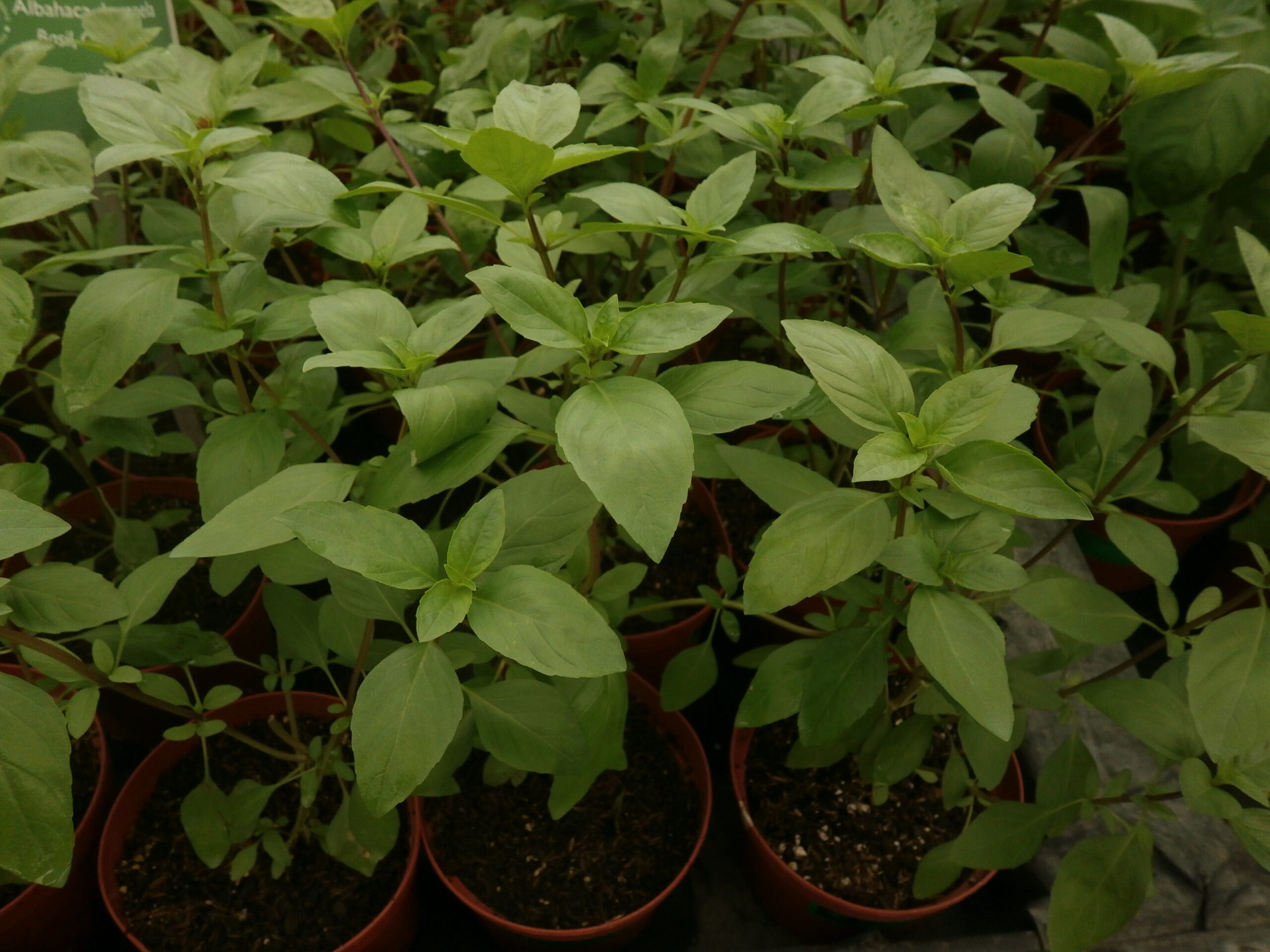
Basil, Cinnamon
₡1,900.00
SKU: 0072 Category: Culinary GardenScientific name: Ocimum basilicum
Family: Lamiaceae
Origin: Mexico
Medicinal use: La mayoría de las diferentes variedades de albahaca cultivadas en muchas regiones de Asia tienen un sabor parecido al clavo de olor es frecuentemente usada en la cocina mediterránea; se puede consumir fresca o seca para aderezar tanto ensaladas, sopas de verduras, salsas para acompañar platos de pasta, la famosa salsa italiana de pesto la lleva como ingrediente principal.
36 in stock
-
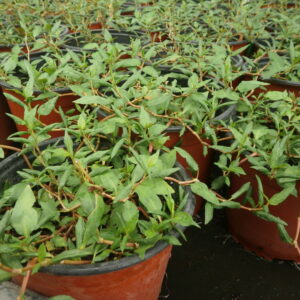
Cilantro, Vietnamese
Culinary Garden ₡1,900.00 Add to cart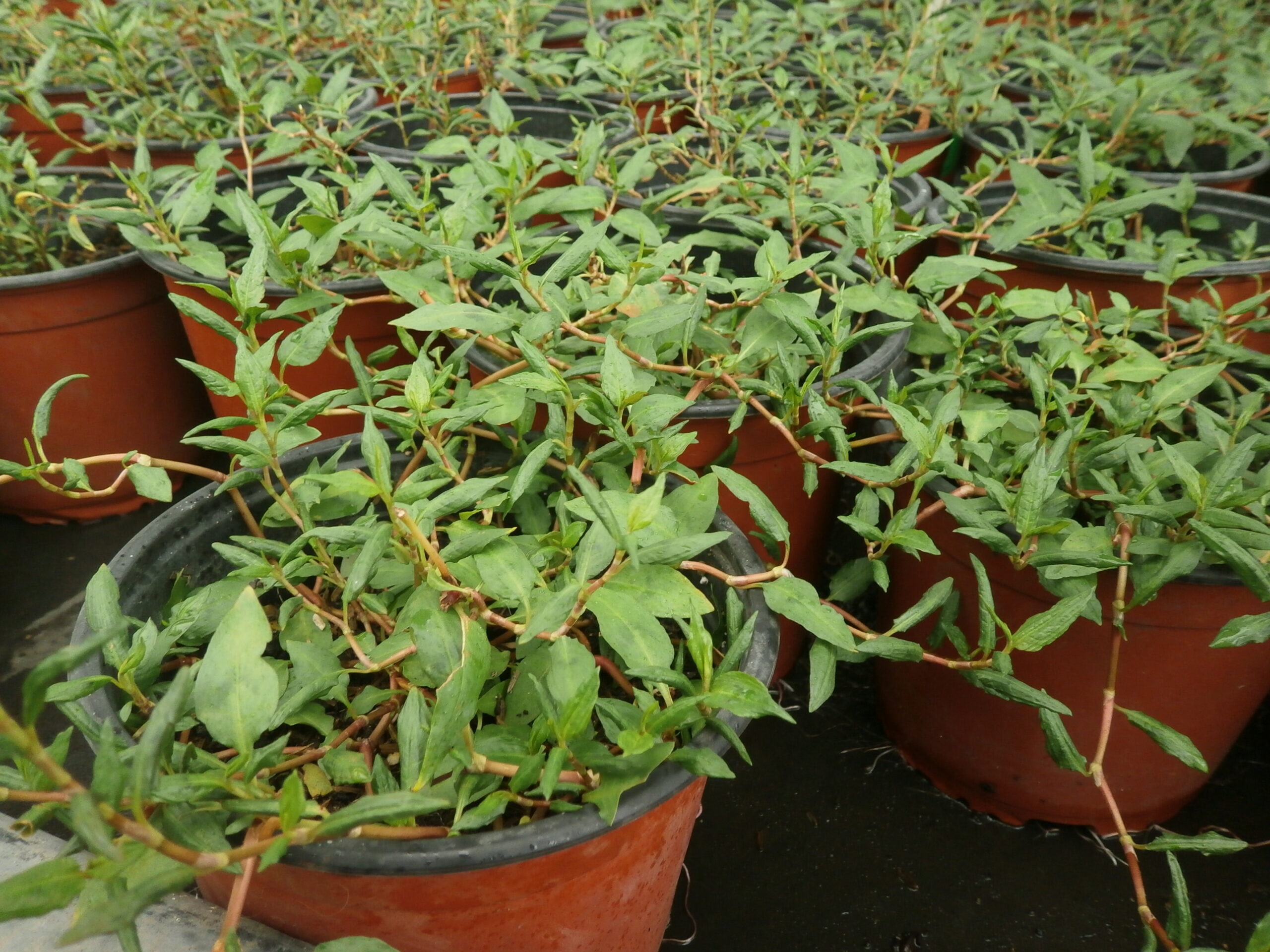
Cilantro, Vietnamese
₡1,900.00
SKU: 0655 Category: Culinary GardenScientific name: Persicaria odorata
Family: Polygonaceae
Origin: SE Asia
Medicinal use:The leaf is closely identified with the gastronomy of Vietnam, where it is eaten raw in salad (including chicken salad) and in raw rolls. In Cambodian gastronomy, the leaf is called chi krasang tomhom and is used to prepare soups, stews, salads and Cambodian rolls
33 in stock
-
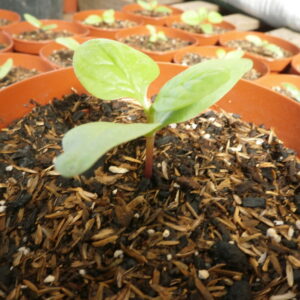
Spinach, Malabar Red
Culinary Garden ₡1,900.00 Add to cart
Spinach, Malabar Red
₡1,900.00
SKU: 0710 Category: Culinary GardenScientific name: Basella rubra
Family: Basellaceae
Origin: India
Medicinal use:Perennial, ornamental and edible climbing plant. Its leaves are a good source of vitamin A, vitamin C, iron, and calcium. It grows well in abundant light and takes on pink tones in the sun. It does not tolerate cold, its flowers attract bees, it is widely used in gastronomy, being fast growing and easy to care for. It is not very demanding with the light it receives, adapting well to short periods of drought
20 in stock
-
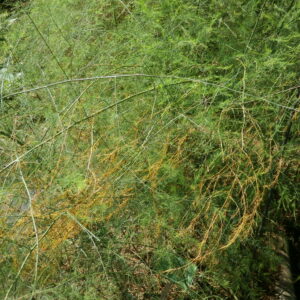
Asparagus
Culinary Garden ₡1,900.00 Add to cart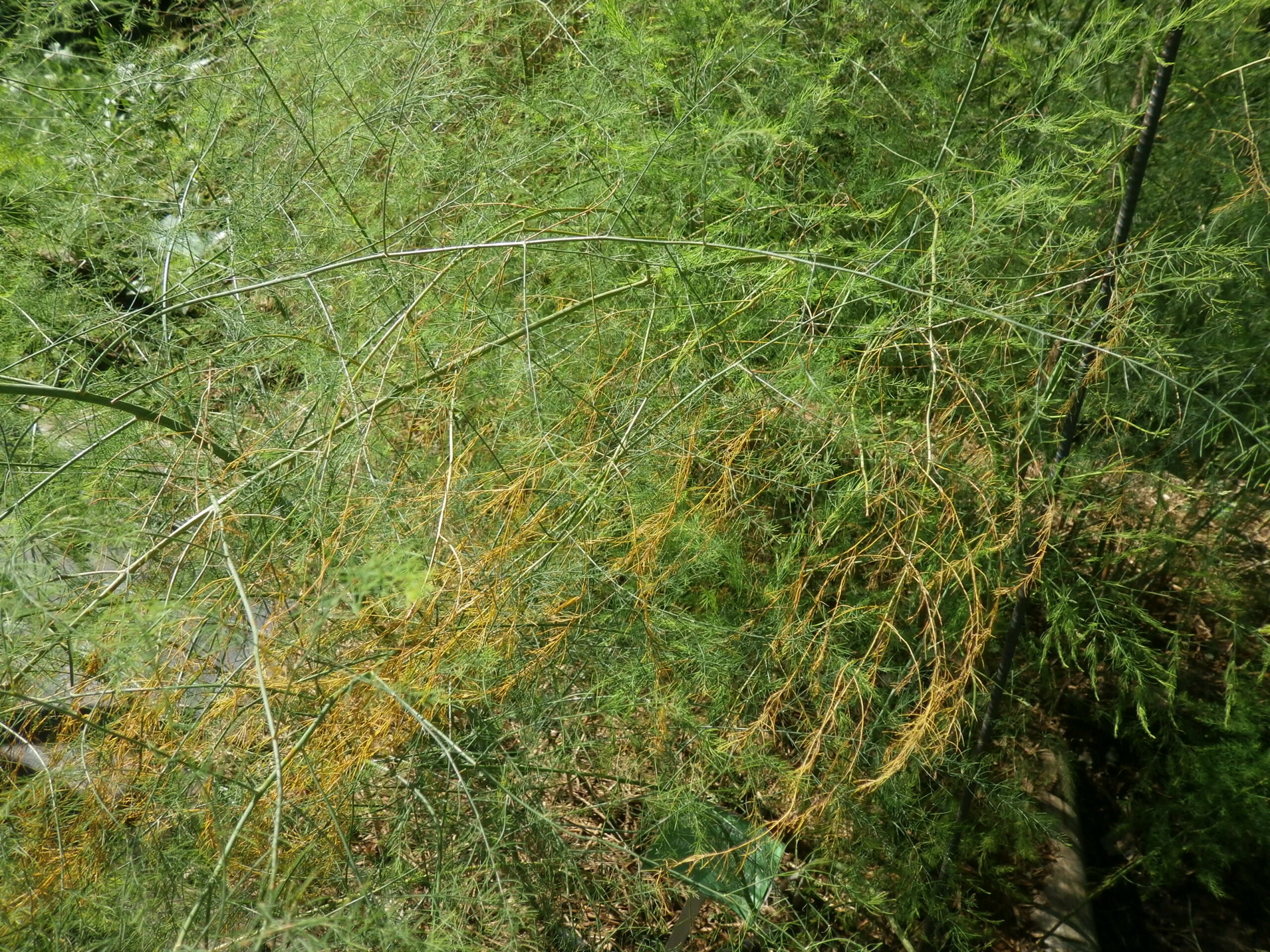
Asparagus
₡1,900.00
SKU: 0700 Category: Culinary GardenScientific name: Asparagus officinalis
Family: Asparagaceae
Origin: Europe and W Asia
Medicinal use:Regarding the field of health care, asparagus has important benefits due to: it is composed of more than 90% water. It can be eaten in hot or cold dishes; baked, grilled or steamed; and it can even be included in dishes with other products or taken alone. It can be used in sautéing green asparagus; the tagliatelle with pesto and asparagus; green asparagus with béchamel sauce or in the vegetable scramble.
47 in stock

